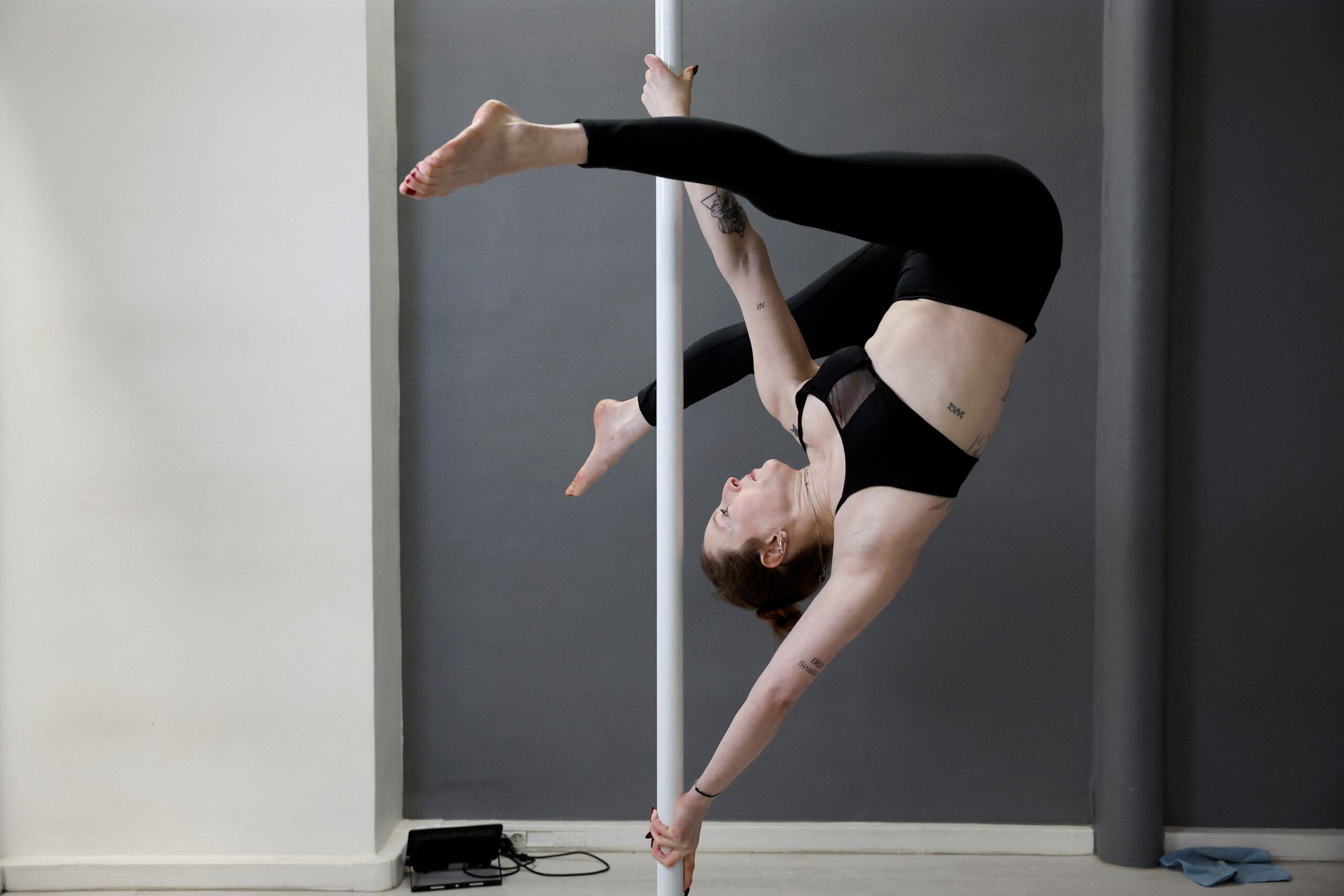
Pole dancing, once confined to cabarets and strip clubs, has been gaining recognition as a sport in recent years. With physically demanding moves named after famous strippers, the discipline has evolved from its origins to become a legitimate athletic pursuit.
From Studios to Olympic Dreams
In studios like The Wild Pole in central Paris, pole dancing has found a new home among women seeking exercise and empowerment. With men also joining in, the sport is breaking gender stereotypes and gaining popularity among diverse demographics.
The Quest for Olympic Recognition
While pole dancing has been recognized as a sport by the Global Association of International Sports Federation (GAISF) since 2017, the journey to Olympic status is still ongoing. Despite the physical demands and skill required, it may take time for the sport to reach the Olympic stage.
Challenges and Controversies
While many in the pole dancing community see Olympic recognition as a milestone that could boost the sport’s legitimacy and growth, others worry about losing the essence of the discipline. The risk of pole dancing becoming too sanitized or stripped of its origins is a concern for some practitioners and studio owners.
Balancing Tradition with Progress
As the debate over pole dancing’s Olympic aspirations continues, stakeholders grapple with finding a balance between tradition and progress. While Olympic recognition could open doors for the sport, maintaining its authenticity and soul remains a priority for many within the community.
Subscribe to Follow Global Trends for daily global news. To Advertise, send a mail to advertise@followglobaltrends.com
Credit: Doris Chinwe Omemgbeoji

